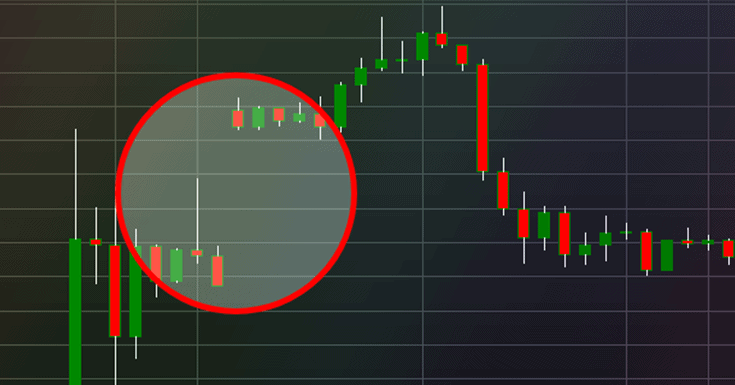Reblog: What is Gap Trading?

When trading, one cannot overstate the importance of gaps.
Gaps refer to areas on a chart where the price of a currency or stock moves sharply up or down with little or no trading in between. As this area represents an abnormality in the normal price pattern of the stock / instrument, it gets referred to as a gap.
So of what use can a gap be to an investor? Because the tiny area represents a fluctuation in the pricing, a trader can potentially exploit the gap and make a profit.
Gaps occur as a result of underlying fundamental / technical factors that vary for each stock or instrument and require monitoring and knowledge by the investor.
For example, suppose an airline company’s earnings turn out to be much higher than expected. That surplus of earnings might mean the company’s stock will gap up the next day. As the stock price opened higher than it closed the day before, a gap has been created within the company’s financial report.
Gaps can be especially exciting in the forex market, where it is not uncommon for a report to generate so much buzz that it widens the bid and ask spread to a point where a significant gap can be seen. Similarly, a stock breaking a new high in the current session may open higher in the next session, thus gapping up for technical reasons.
There Are Four Types of Gap Classifications:
- Breakaway Gaps
Gaps that occur at the end of a price pattern and signal the beginning of a new trend.
- Exhaustion Gaps
These gaps occur near the end of a price pattern and signal a final attempt to hit new highs or lows.
- Common Gaps
These gaps don’t get placed in a price pattern; they simply represent an area where the price has “gapped.”
- Continuation Gaps
Continuation gaps occur in the middle of a price pattern and signal a rush of buyers or sellers who share a common belief in the underlying stock’s future direction.
Gaps Fill Quickly
The operating window for gaps can be perilously short, as the market tends to fill the gaps in quickly. When a gap does get filled, the price has moved back to the original pre-gap level. Overly optimistic or pessimistic views, referred to as irrational exuberance, can invite a gap fill, as can prices moving up or down quickly. When gaps get filled within the same trading day on which they occur, this is referred to as fading.
There are many ways to take advantage of these gaps. A few popular strategies include buying when the technical factor favor a gap on the next trading day, buying/selling into liquid positions at the beginning of a price movement in hopes of a good fill, fade gaps in the opposite direction once a high or low point has been determined, or buying when the price level reaches the prior support after a gap has filled.
Once a stock has started to fill the gap, it will rarely stop because of a lack of immediate support or resistance. The gaps also predict the price moving in two different directions, so an investor needs to correctly classify which gap they’re playing. Wait for the price to start to break before taking a position, and keep an eye on the volume; breakaway gaps should show high volume and exhaustion gaps should read low.
Due to the low liquidity and volatility of gaps, playing them can be risky, especially in the diverse forex market. But if properly traded, gap trading can offer opportunities for quick profits.
The original article appears on www.markettraders.com and is available here.






